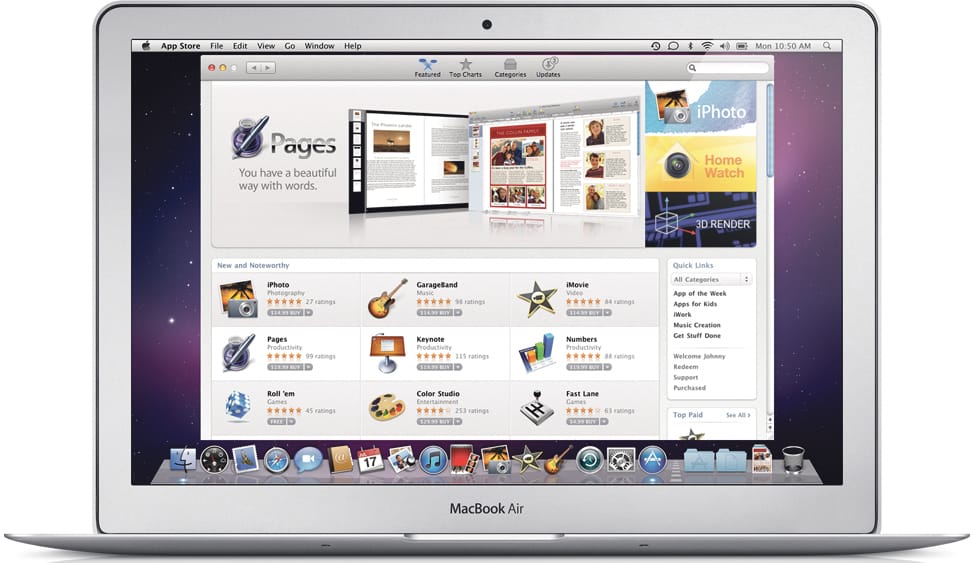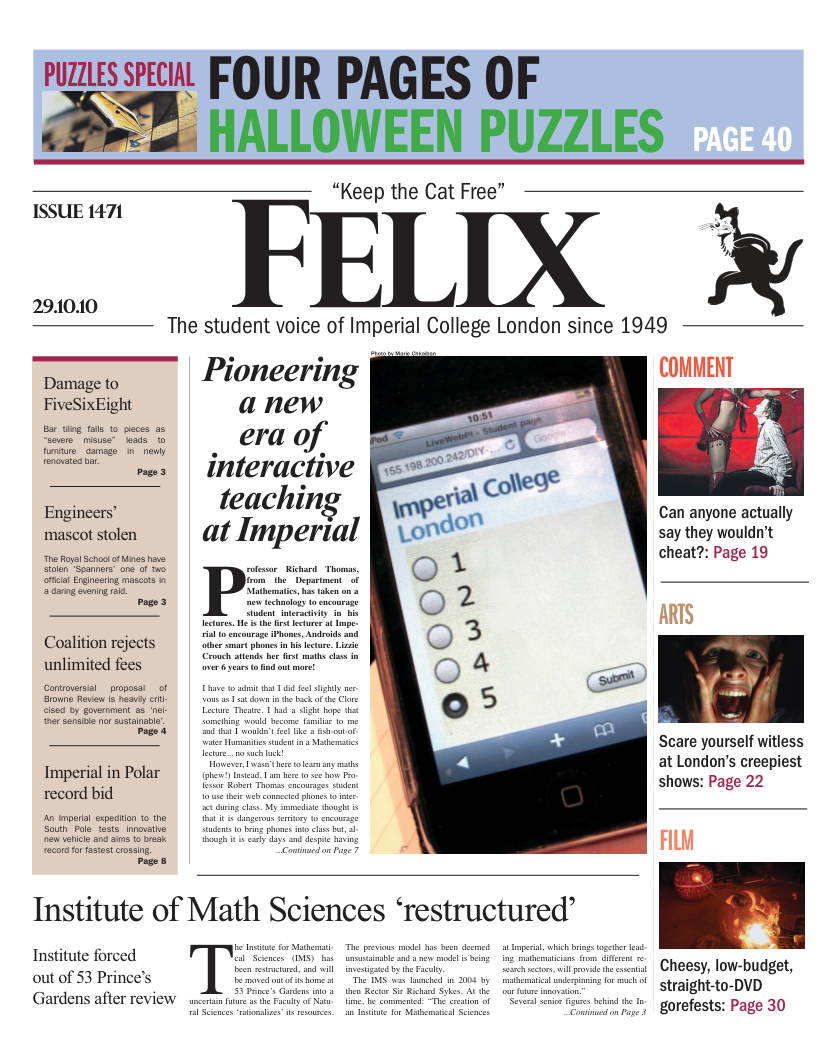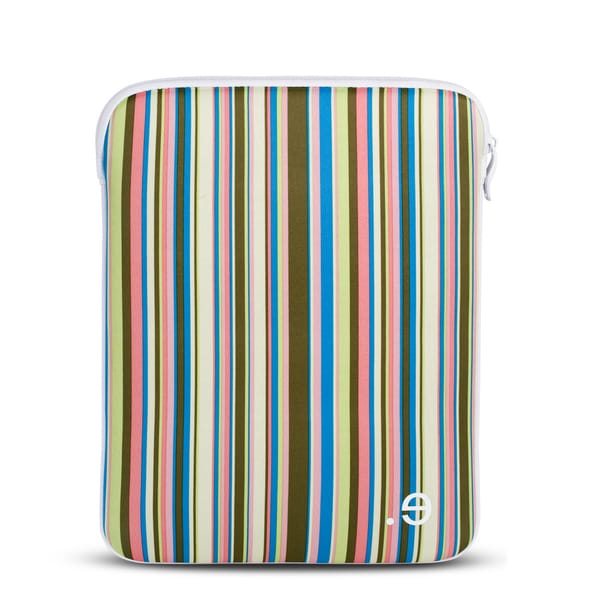The Mac App Store
What's next for Apple?

The iOS App Store: over 250,000 apps and more than 6.5 billion downloads onto 120 million iPads, iPhones and iPod touches, which are themselves growing, at a rate of 230,000 devices per day.
The numbers are staggering, even more so when you consider that the store is only two years old; the App Store concept has been tremendously successful for Apple’s mobile platform, but what’s next?
Last week Steve Jobs, the CEO of Apple, announced the new Mac App Store – a place to discover, purchase, and install applications for your Macintosh computer.
The obligatory technology blog coverage surrounding the Apple press event made the new store sound like a potential game changing, maybe even revolutionary, new way to get applications. Imagine thousands of applications available to purchase and install at the click of the mouse. No serial numbers to type in, no installers to deal with, just instant gratification. But is this just another example of the Jobs ‘reality distortion field’ causing the media to applaud every word that he utters?
Perhaps it is best to start with what appears to be wrong with the Mac App Store. It will inevitably become the de facto place for developers to sell their applications, and the go-to place for consumers.
Jobs said that it will not be the only way to install applications, but the average first time consumer will click on the Mac App Store icon when prompted, as they turn on their shiny new computer for the first time, and think that it’s the only way. The iOS App Store is often criticised for being overly restrictive, with Apple explaining that this is to improve the consumer’s experience by preventing ‘buggy’ applications and ‘questionable content’. The newly published review guidelines for the Mac App Store specifically prohibit games, ‘Russian Roulette’ for example; perhaps Apple have had some bad experiences in their Californian headquarters?
At any rate, inside the iOS Store, there is a definite ‘race to the bottom’ with application prices. There appears to be an emphasis on quantity, not quality, and this could make its way across to the desktop. Developers could spend less time developing good quality applications if they can only get a small amount of money from the consumers, especially once Apple has taken its cut of the proceeds.
They must also write their applications using Apple’s own developer tools, which may not mean much to the average consumer, but it will make it harder for developers to sell cross platform applications such as Matlab, in the Mac App Store. Also expressly prohibited are plug-ins, such as Adobe Flash, although given Apple’s resistance to Flash on iOS devices it comes as no real surprise.
Maybe I am being overly harsh, and simply objecting to change. In my opinion, the process of installing applications currently within Mac OS X can be confusing for new users, with applications coming with or without installers, simply packaged within virtual disks or just compressed straight into a ZIP file. Users will never have to deal with installers or dragging applications into the application folder, if the only source of applications is the Mac App Store. Yet I haven’t even mentioned what could become one of the most important benefits of only installing applications from a ‘walled garden’ – I’m referring of course to security.
Macintosh users are currently not the main target for malicious attacks, with only a small proportion of computers worldwide running Mac OS X, but this will likely change one day once it becomes ‘profitable’ to attack Macs. The Mac App Store would provide a place to get applications that are not infected or malicious, and if there are any security holes in applications, they can be updated with a single click.
Additionally the potential to have every Macintosh user see your application on their new computer will attract new developers to the Mac platform; therefore the variety of applications will increase (if the large number of competing applications, and likelihood of low prices do not put off developers). The concept of being able to install proper desktop applications with a single click is certainly appealing; cheap applications that are easily accessible lead to impulse purchases (I’m looking at you Super Monkey Ball!). You may even be able to purchase and install Adobe Creative Suite Master Edition or the newly announced AutoCad 2011 for Mac OS X with a single click, although with the former being almost 30GB in size I would not recommend downloading it at College or in halls.
Imagine if Microsoft were to implement a similar idea on Windows? Ignoring the accusations of a monopoly, and the likely EU antitrust lawsuits, it could make software more secure if every application has to be individually reviewed, allowing consumers to easily keep applications up to date and patch security holes.
Will the Mac App Store change the way we discover applications on our personal computers? It opens in less than three months; until then we can only speculate.









